Media | Articles
6 power tools you shouldn’t be wrenching without
At their very core, our cars are power tools. Keeping them properly maintained doesn’t absolutely require other power tools, but they sure do make life easier. Early man might have gotten by just fine using rocks to wrench on his Neolithicmobile, but rocks haven’t helped me with a garage project in decades. So let’s talk about handheld power tools.
Whether plugged into a wall outlet or juiced by batteries, power tools can make life a lot easier for many DIY projects. These six tools are must-haves for making the most of your time and getting jobs done more efficiently than ever.
Impact
Yes, manual impact drivers exist and very much have their place in the garage, but more often than not they lack the ease of use of an electric impact, as well as their broad scope: Half-inch models have the hammer weight to break free really stuck or otherwise medium- to high-torque fasteners. Think wheel lugnuts or big hardware. The next size down is three-eighths, followed by a quarter-inch impact driver, which is fairly weak compared to its bigger brothers but perfect for stubborn Phillips-head fasteners or other bolts that need a lot of pressure to ensure the bit doesn’t slip and strip the head.
Drill

Whether dealing with broken hardware or doing light fabrication, the ability to spin things accurately is important. Nothing does that better than a drill. Pair it with a nice set of twist bits, and you are fit to be dangerous. A drill’s ability to make good use of small wire wheels and other cleaning attachments also makes it a great middle ground between having a bench grinder and doing things manually with a wire brush. Even a small polishing pad can take the labor out of refinishing wheels or detailing paint.
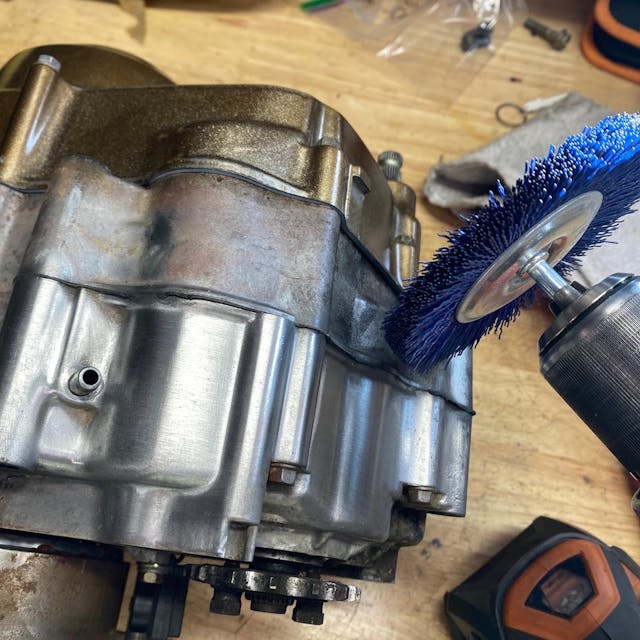
Soldering iron
Like unclogging a shower drain, electrical work often falls into the category of uniformly despised jobs. But having the proper tools can turn any such work from nightmare to … tolerable, at least. A good soldering iron will make for strong and reliable connections that won’t pull apart, and you don’t risk accidentally cutting any wires with a crimp connector. Is it the only way to join wires? Not at all, but it might be the best. A soldering iron can also come in handy when you need to put heat into a stuck bolt in a delicate place.
Marketplace
Buy and sell classics with confidence
Multimeter
On the topic of electrical problems and solutions, the multimeter is a tool that should arguably come before the soldering iron above. Finding and diagnosing is just as important as proper repair, and diagnosing electrical components without a multimeter is really just waiting for the lightbulb above your head to light up and tell you what’s wrong. Not the best method for doing things.
A multimeter gives you real information, whereas a test light merely gives a yes or no. If you need a refresher on what a multimeter can do, or you just need a boost of confidence to handle that electrical gremlin, check out our rundown of how to use a multimeter to be prepared for the next problem that gets you all amped up.
Digital calipers

It used to be that you needed to go to a machinist or a tool-and-die shop to see anyone handling precision measurement instruments like digital calipers. Not anymore. As the technology became more readily available, prices dropped accordingly. Now, your home shop can have a set of calipers for less than $20. Are they infallibly accurate? No, but with any measurement tool, half the accuracy is in the operator. Good digital calipers are perfect for zeroing in on the precise size of something where precise sizing is critical, and for checking the work of outside shops when the work comes back home.
Heat gun
Heat is a superpower for garage dwellers like us. From upholstery work to helping keep rubber seals pliable, a heat gun can put perfectly measured amounts of heat into a part. We even tested one recently to see if it could substitute for an open-flame torch, and the results were surprising. Once you have one in your toolbox, you’ll find more uses for a heat gun than you ever thought possible.
***
Check out the Hagerty Media homepage so you don’t miss a single story, or better yet, bookmark it. To get our best stories delivered right to your inbox, subscribe to our newsletters.



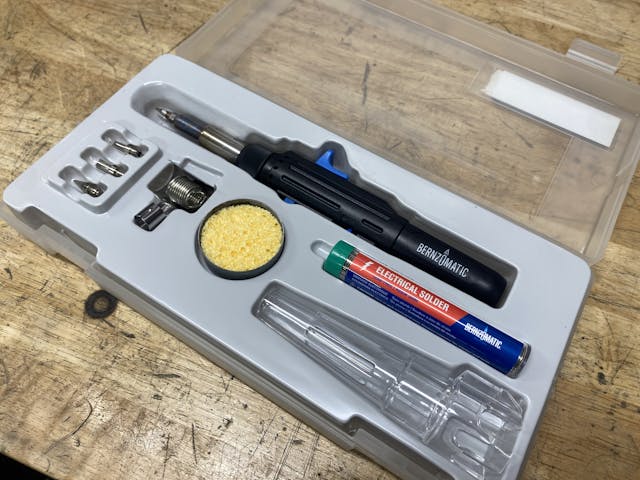









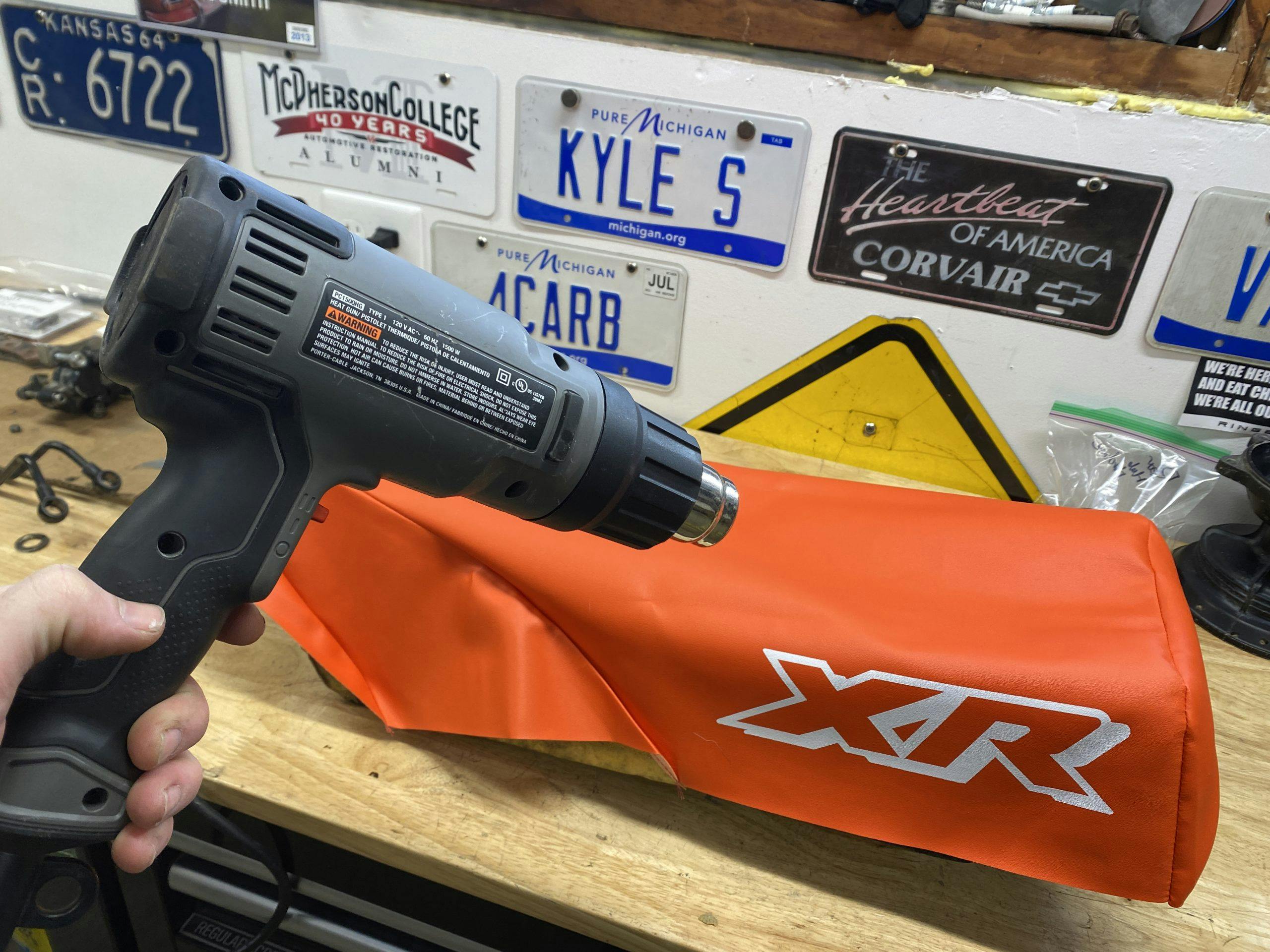
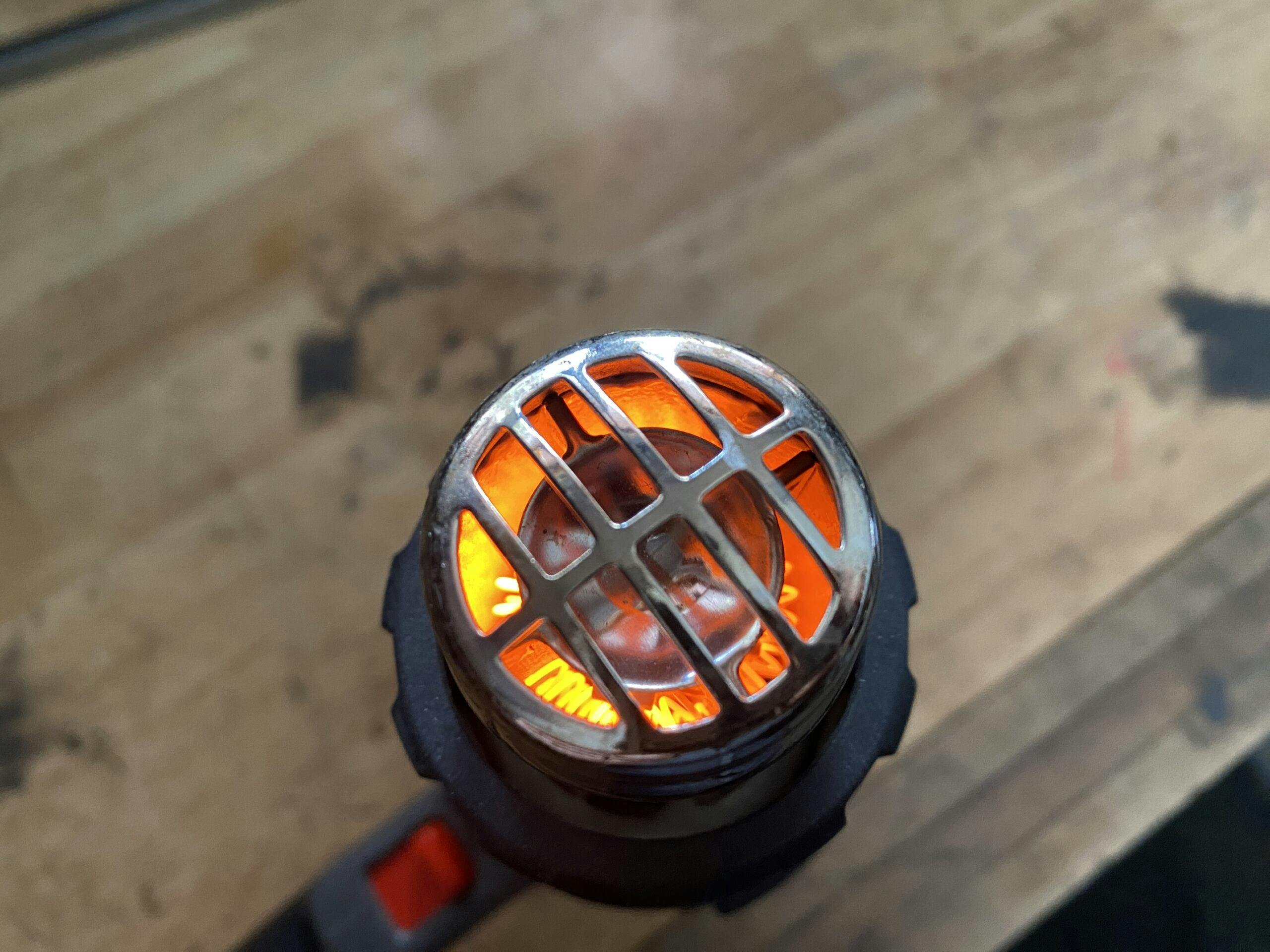


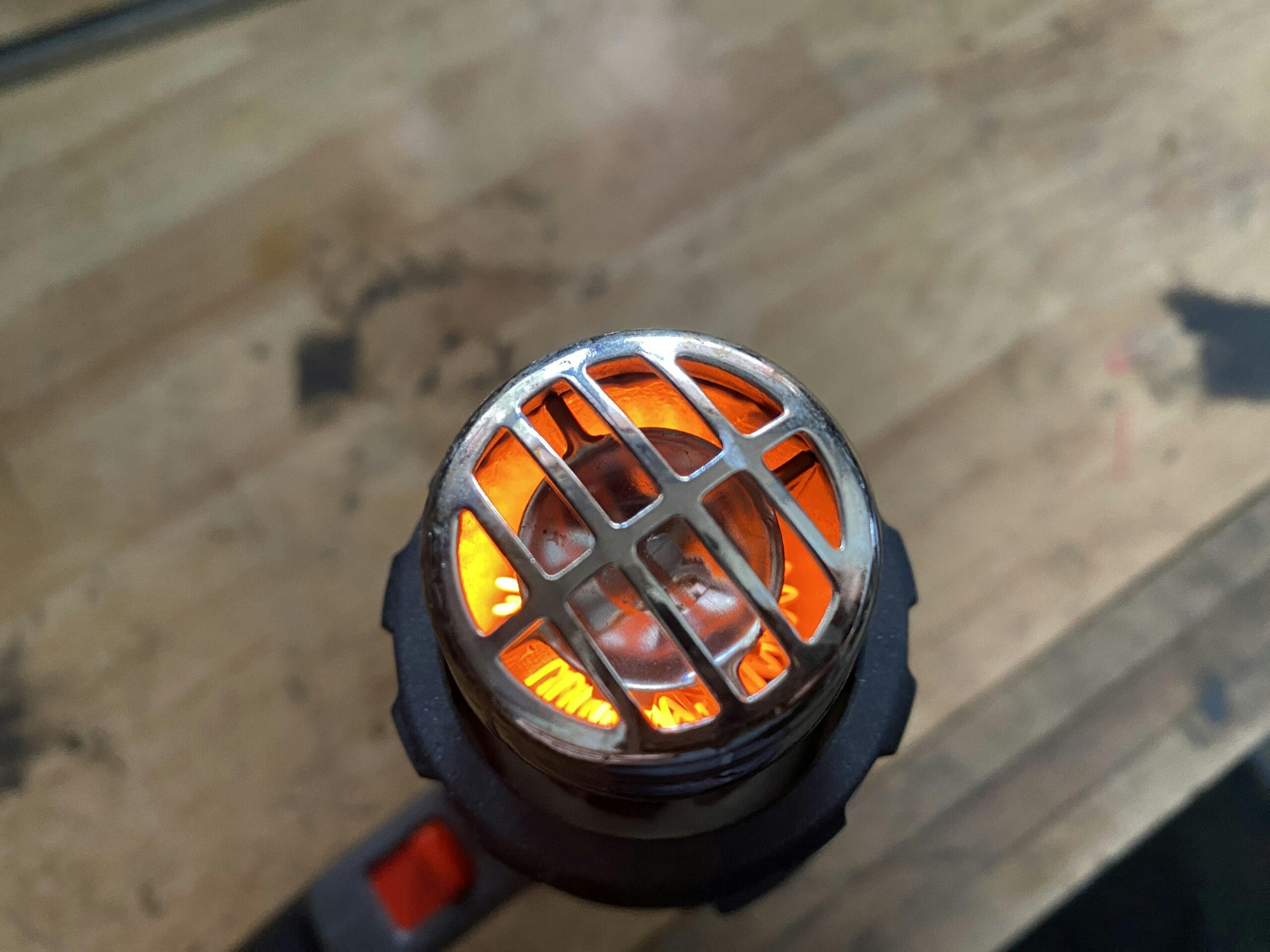
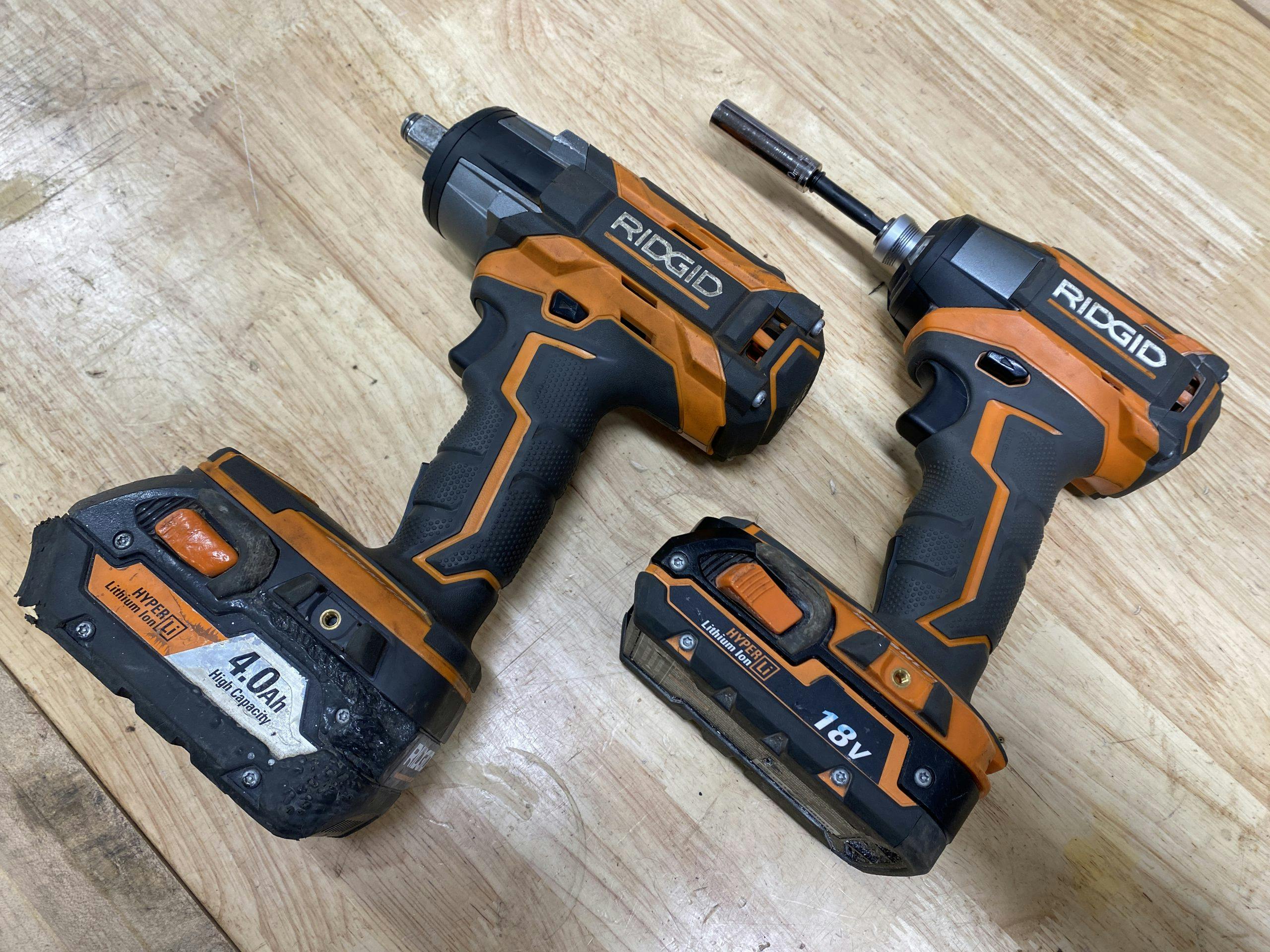






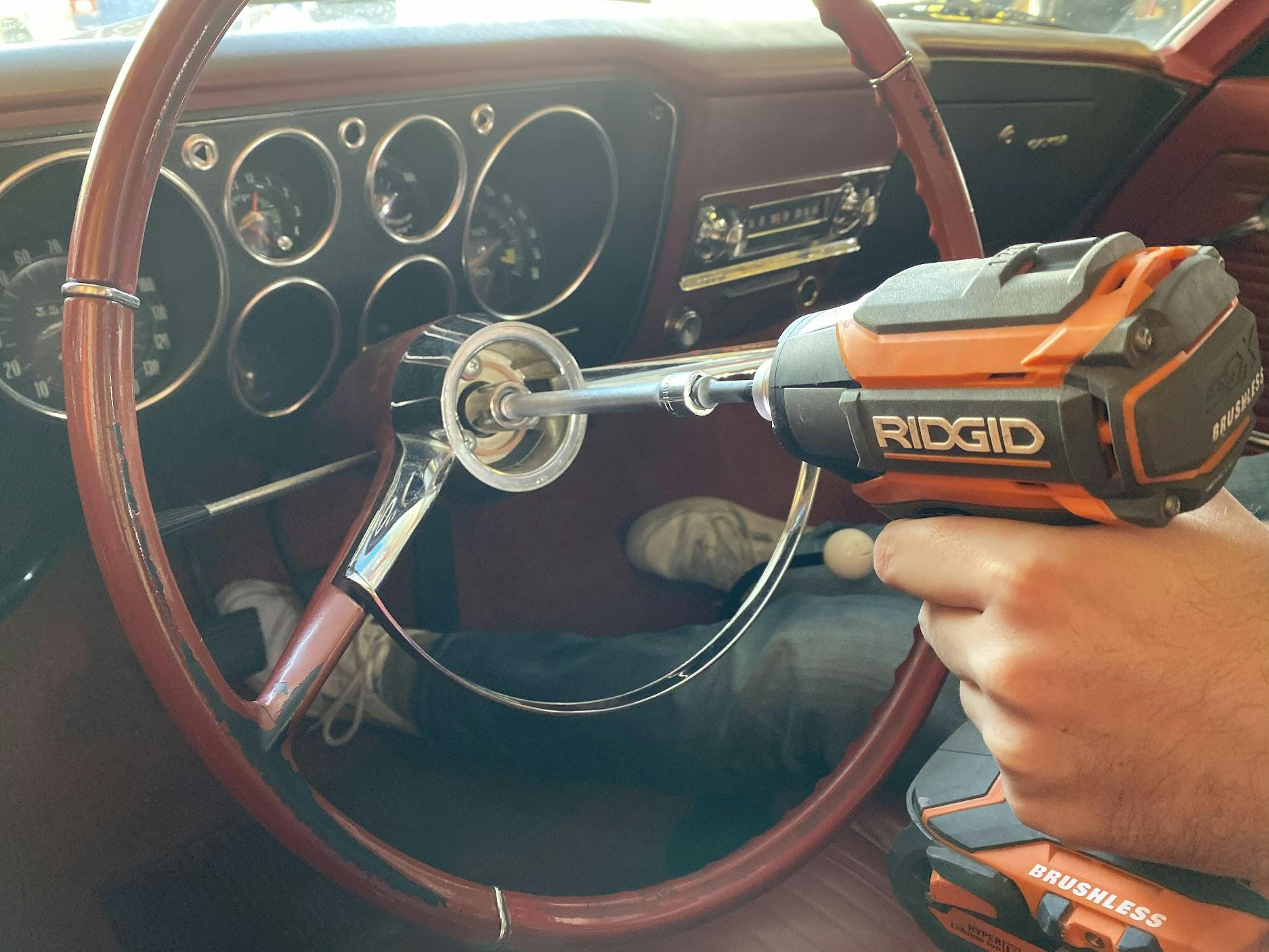
Milwaukee 1/4 ot3/8 ratchet. These are real time savers when pulling apart projects.
Milwaukee 3/8 ratchet was one of those tools I wish I had gotten years ago. Got it in a kit that came with a Cordless Screwdriver, bag, charger, and battery for $99 from Home Depot, that deal comes around only once a year. These tools and my heated hoodie are the only M12 tools I own and I was happy to go outside my normal cordless brand to get that ratchet.
Milwaukee YES
The Makita 18v “ratchet” is the new hotness, they use a roller clutch so the head is smaller than a Milwaukee and moves in finer increments. The battery is a little bulkier but doesn’t affect access Also the 18V LXT gives it a lot of power and compatibility with a huge range of impact wrenches, drills, saws etc.
I’ve had the Makita 1/2” for a couple of years and even my buddies with Bosch or Milwaukee say that mine is superior and that the battery lasts longer than theirs. It’s true, it does.
Your hammer drill/impact driver as well as your drill are made by the same company.
The batteries are the same, so you can use them in the other if that one is low on charge.
Oh, and thanks for the tip of the nylon brush attachment.
I’m going to get one!
I was one of those old school guys (luddites) who thought the only way to loosen or tighten things was with wrenches or rachets, until I put a socket on a power tool, pulled the trigger, and found that bolts, nuts, screws, etc. could be buzzed off and on with amazing speed. I still use the old manual hand tools, but I’ve greatly expanded my tool chest stock of “power spinners” of various types and shapes. Bonus: I’ve got oodles fewer scraped knuckles than I used to have!
I would first argue that most of your selections are not power tools
I would add to the list the sawzall and take off the impact gadgets. None of us are working for book rate on our classics, and with the exception of some more tedious bolt/unbolt tasks, there isn’t much excuse for not hand-wrenching. I have seen a lot of damage done over the years by lazy people with impact wrenches. While not applicable to most of us, most of the damage they do is left for the next guy to try to straighten out. Even if you are not overtorquing, the speed that some of these tools drive things on and off is just plain on threads… and when your threads are half a century old or so and you are looking to get another 20 or so out of them, put the impact down and grab the ratchet
Says someone that never saw how an impact driver with the correct bit can remove a rusted screw without any damage to the screw.
For a rusted screw with a good head I put a dab of valve grinding compound in the head, do one ‘hit’ to tighten, and reverse to back it out. if you don’t have any valve grinding compound, a dap of damp baking soda works – or something with a little grit to it.
I do the ‘tighten to break loose’ on bolts and nuts also. Depending on the bolt or nut – sometimes a little heat first – then tighten. You will know when heat is required.
Regarding removing the screws with an impact – sometimes it works – sometimes it strips the head – sometimes it snaps the screw. I view it as I probably will have to drill the screw before I start – so – if it comes out – one less to drill.
While I am not a shop or a working professional having impact tools has expanded the tasks I can take on. I do not use them to reassemble items as you said from my 50 plus year old cars to my 350.000 mile Tundra I do not want to ruin the threads. However high torque fittings like one of the Tundra’s suspension bolts that is torqued at 250 foot pounds and is in a place where I could not fit a ratchet extension without a lift and a bit of magic are now tasks I can complete. Additionally as a non professional my work usually takes much longer and reducing some of my disassembly time is a god send. While I do enjoy wrenching I also like driving and as a side hobby I have all of the normal life things to do. For me battery operated impact tools have allowed me to now take on almost any automotive task and as another poster stated less broken skin. Try it you might find that your perception of how it will be using an impact tool may be very different then the reality. Happy wrenching!
Your argument that “most of your selections are not power tools” holds water almost as well as a sieve. They all have either an electric motor or are corded and run on 110v electric power. Next time you want to comment, think before you approach your keyboard.
I think he meant the solder iron, DMM, heat gun and the calipers. Those are not what’s traditionally considered “power tools,” even though they are powered by electricity.
I agree with your dedication to not doing any damage. There are times when the old hardware is going to the old metal recycler at which point the easiest method is preferable.
I think that an impact gun is a much safer bet than a three foot long Johnson bar. Either way soaking the fastener in Fluid Film or similar for an extended period is the first step.
I’m also of the opinion that an impact gun will break the item free doing less damage than using a hand tool. It allows you to concentrate on the fastener as opposed to balancing the tool and applying a rotation with the other hand. The tool always seems to require a extension in excess of a foot and is at arms length.
Assembly is another thing entirely. Using fingers to assure threading is correct, then a hand rachet followed by a torque wrench is the desired process. Time permitting. If the idiot behind the wheel has just bent a suspension part and qualifying starts in ten minutes you can bet reassembly is power tool only.
Working Smarter not harder is always better. Good article.
What’s wrong with an analog caliper, Vernier or Dial? They don’t require batteries.
As for power tools, the impact belongs; for disassembly, but not for assembly.
Same for the battery ratchets that as hyperv6 pointed out.
I learned to use a Vernier caliper in high school shop class but that was over 50 years ago. Digital caliper batteries always go dead on me, dial calipers are a little harder to find and a bit more expensive but never loose power. While not the intended use any metal caliper is useful for scribing lines to layout a pattern for cutting or drilling.or drilling.
I use a simple technique to keep the battery in my calipers alive. I cut a hole on the sponge that surrounds the calipers the size of the battery. I just remove the battery and store it there til I need to use them again. Now I don’t end up with a dead battery when I go to use them.
I prefer dial calipers over digital. A 6 or 8 inch set can measure just about any shop project and be accurate within 1/2 a thousands if not worn (and know how to use them correctly).
I don’t trust the cheap digital calipers that seem to be the only thing readily available anymore.
As a machinist, I prefer dial calipers. No battery. Always close them before laying them down before storing. Keeps the chips and debris out of the track. Always lay them face up to not scratch the lens. The battery calipers have an advantage of being able to switch between inch and MM with the push of a button. And yes, I have one just for that reason, it is handy when you need it.
I agree on the non power calipers. Another dying skill like reading a measuring tape. The other day I asked a millennial to measure a board and tell me the reading. “19 inches and three little lines” was his response.
Reading a measuring tape down to a sixteenth is not a skill that most people need to know. How would the millennial know how if no one had ever shown him ?????
Power tools are nice, but I was taught decades ago to always start threaded fasteners by hand to feel for proper thread engagement. I’ve also found that some tasks are more satisfying – maybe therapeutic – when done by hand. That said, disassembly, high-effort fasteners, or tedious & non-critical tasks are good arguments for applying power. But I’ll still feel for thread engagement.
A cordless impact and ratchet make life so much better. I didn’t know I needed these till I bought them. And my friends didn’t know they needed them till they used mine. Almost as life changing as a mid-rise lift. Wish I had a real lift but tract home builders make garages far too small…
Thanks for thinking of us , and trying to help us out in the garage! I for one appreciate it!
Ditto!
I have them all. I have an Ingersol Rand 1/2 inch pneumatic wrench that I rarely use. I have both the 1/2″ and 3/” inch battery powered from HF. They are Bauer brand and work great. I have three of the heavy duty batteries. I just bought the 1/4′ Bauer one and yes it is a little weak.
The cordless impact I have is awesome. Not afraid to lay into some because it won’t twist something off like a 1/2” pneumatic impact. Try it you’ll love it
Looking at the picture of the 1/2″ impact used to remove the nut on the steering wheel. DON’T DO THAT! Oh, it’s OK to use an impact for this job but use impact sockets and extensions. Chrome sockets and extensions should never be used with impact tools. It’s OK to use them with air or electric ratchets but never an impact.
I can’t tell you how many times I’ve seen “the Pros” on TV use regular sockets and extensions w/ their impact guns. That and their use of the word “motor” when working on the ENGINE.
lol and then they come in looking for warranty on their sockets. The rounded edges on the drive end is always a dead givaway.
It’s always nice to see someone working with a Corsa instrument panel in the background. 🙂
Digital multimeters can read “phantom” voltages with their typical 10 Mohm impedance. The voltage can be passed through other components, moisture, even our bodies. I like to use a 100 ohm resistor across the meter leads to get more accurate readings.
As an erstwhile Electronic Tech, I own a lot of multi-meters.
Not counting the 14 or so Horror Fraught DVMs still in the blister packs.
A good electric screwdriver is almost a necessity when working on classic car interiors. I have two of the now discontinued Milwaukee’s and I use them all of the time.
I don’t think I’d class a multimeter as a “power tool”, even though I’ve used one for YEARS (spent in the electronics industry). Warning: Some low-cost meters to not produce sufficient “current” (not voltage) to give accurate readings over long runs of wire (discovered this, troubleshooting commercial fire alarm systems), indicating “opens” where there WAS continuity with resistance. Buy a GOOD meter and it’ll last you for many years. Digital Caliper “power tool”??? useful, but I prefer a DIAL caliper over a digital readout – MUCH QUICKER to read and no batteries required…. get a stainless steel one – no plastic.
No one uses a power buffer. Mr. Myagi would be proud. Wax on, wax off.
What about the Dremel Tool?
Is a radio a power tool?
No one watches how to videos in their garage?
I was an auto detailer in another life. I have a Milwaukee buffer that’s pushin’ 40. How about battery chargers? With 4 bikes, 5 cars, and a pickup, I have (and need) a bunch of ’em!